
Kurilian Bobtail
Kurilian Bobtail
Kurilian Bobtail
The Kurilian Bobtail is a cat with beautiful fur, a rabbit-like short tail, and notably short legs. While it has a calm demeanor and a refined appearance, it actually possesses an active side and is skilled at swimming. Let's introduce this cat with surprising traits.
Kurilian Bobtail Basic Infomation
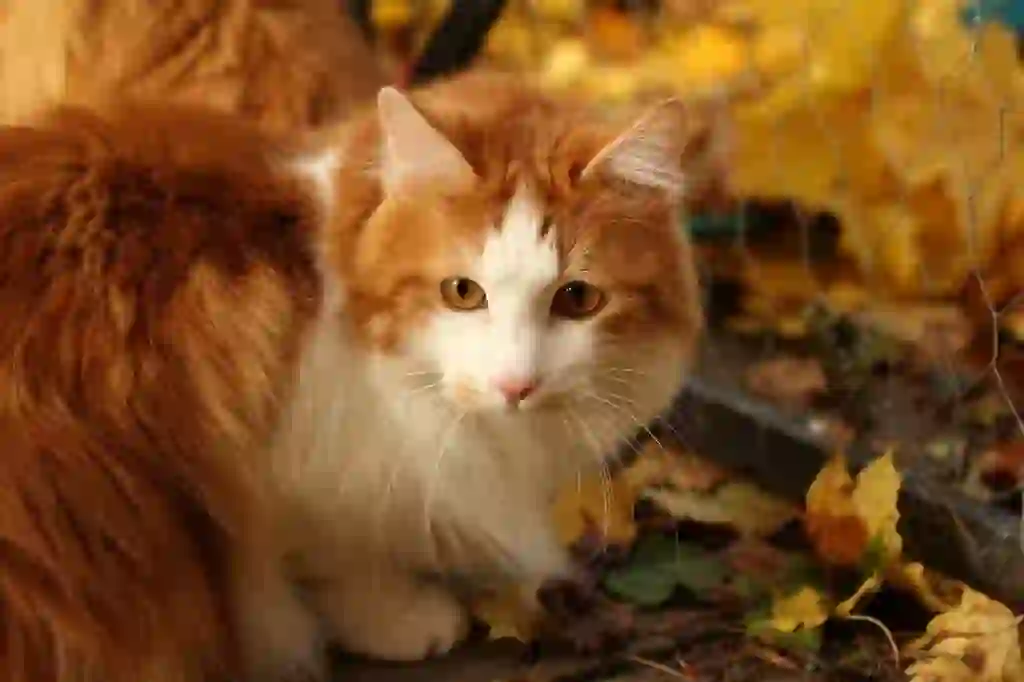
English Name: Kurilian Bobtail
Country of Origin: Kuril Islands
Recognized by: TICA, FIFe, WCF
Weight: Males 4–7 kg, Females 3.5–5 kg
Body Type: Semi-cobby (species with slightly longer limbs, torso, and tail)
Coat Type: Shorthair and Longhair
Coat Color: Black, Blue, Red, White, Chocolate, etc.
Eye Color: Gold, Green, etc.
Average Lifespan: 11–15 years (estimated)
The Kurilian Bobtail, originating from the Kuril Islands, has been known among the local residents for over 200 years. In the harsh cold environment, they lived in groups similar to wolves, engaging in rabbit hunting and fishing in shallow waters. Unusually for cats, they were proficient swimmers.
In the 20th century, they were brought to mainland Russia by Russian military personnel and became widely beloved as domestic cats in Russia, excelling in mouse hunting in homes and farm storages.
They were registered with the WCF (World Cat Federation) in 1995 and with TICA (The International Cat Association in America) in 2012.
Having lived with local residents for over 200 years, the Kurilian Bobtail is adaptable and sociable. They are highly intelligent and possess a dog-like loyalty, making them quickly become friendly with their owners.
Their history might explain their very active and wild side. Surprisingly muscular and solidly built, they have excellent reflexes. Presence of small animals like hamsters or guinea pigs can trigger their hunting instincts, so caution is needed. Providing spaces and toys suitable for exercise can help prevent boredom and relieve stress.
Kurilian Bobtail Q&A

History of the Kurilian Bobtail
The Kurilian Bobtail, originally from the Kuril Islands, has been known to local residents for over 200 years. In the harsh cold environment, these cats lived in groups similar to wolves, engaging in rabbit hunting and fishing in shallow waters. Uniquely among cats, they were proficient swimmers.
In the 20th century, Russian military personnel brought them to mainland Russia, where they became widely known as domestic cats, particularly effective at hunting mice in homes and farm storages.
The breed was registered with the World Cat Federation (WCF) in 1995 and with The International Cat Association (TICA) in America in 2012.
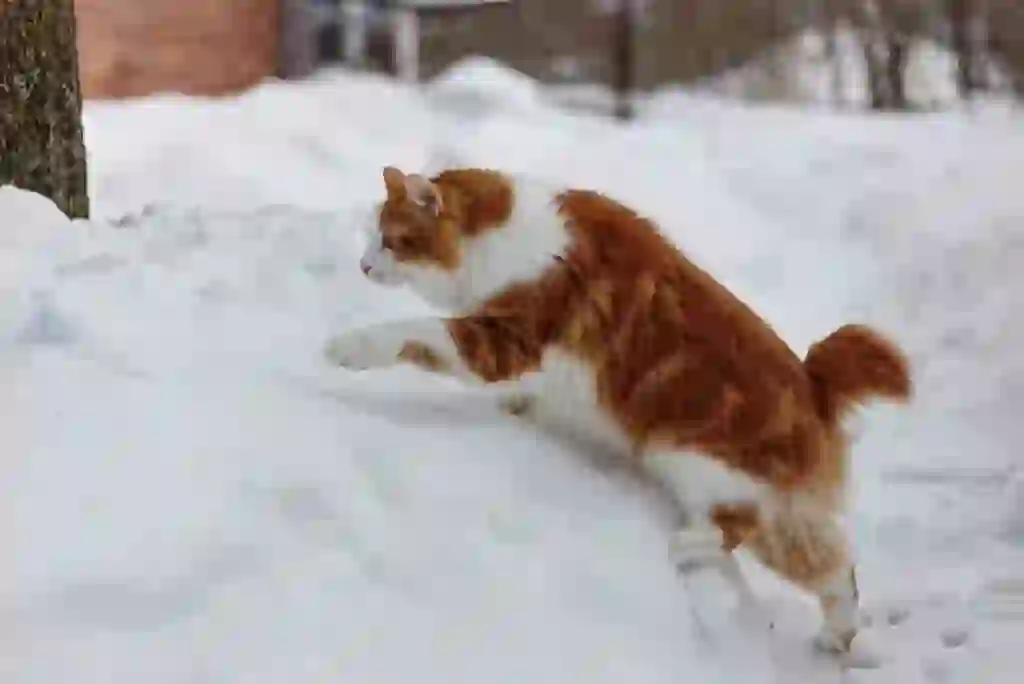
Characteristics of the Kurilian Bobtail
Having lived with local residents for over 200 years, the Kurilian Bobtail is adaptable and sociable. They are highly intelligent and possess a dog-like loyalty, making it easy for them to bond with their owners quickly.
Their historical background might explain their very active and wild side. They are surprisingly muscular and solidly built, with excellent reflexes. The presence of small animals like hamsters or guinea pigs can trigger their hunting instincts, so caution is advised. Providing spaces and toys suitable for exercise can help prevent boredom and relieve stress.
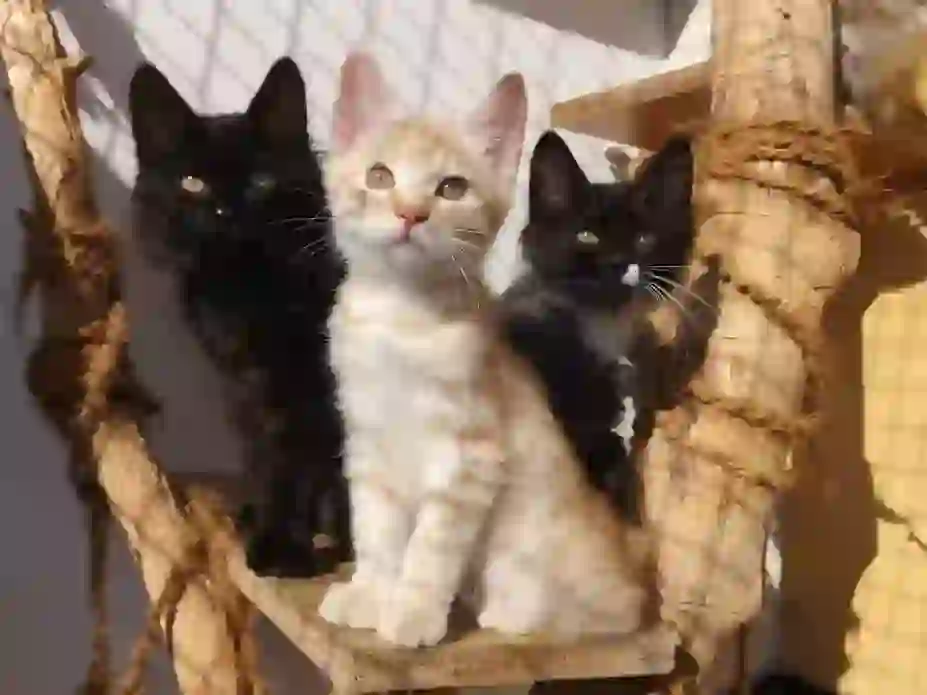
What is the origin of the Kurilian Bobtail's name?
The 'Kurilian' part of the name comes from the Kuril Islands, the breed's place of origin. 'Bobtail' refers to their characteristically short tail. The breed is sometimes referred to as 'Kuril Island Bobtail'. For the long-haired variety, it is known as 'Kurilian Bobtail Longhair'.
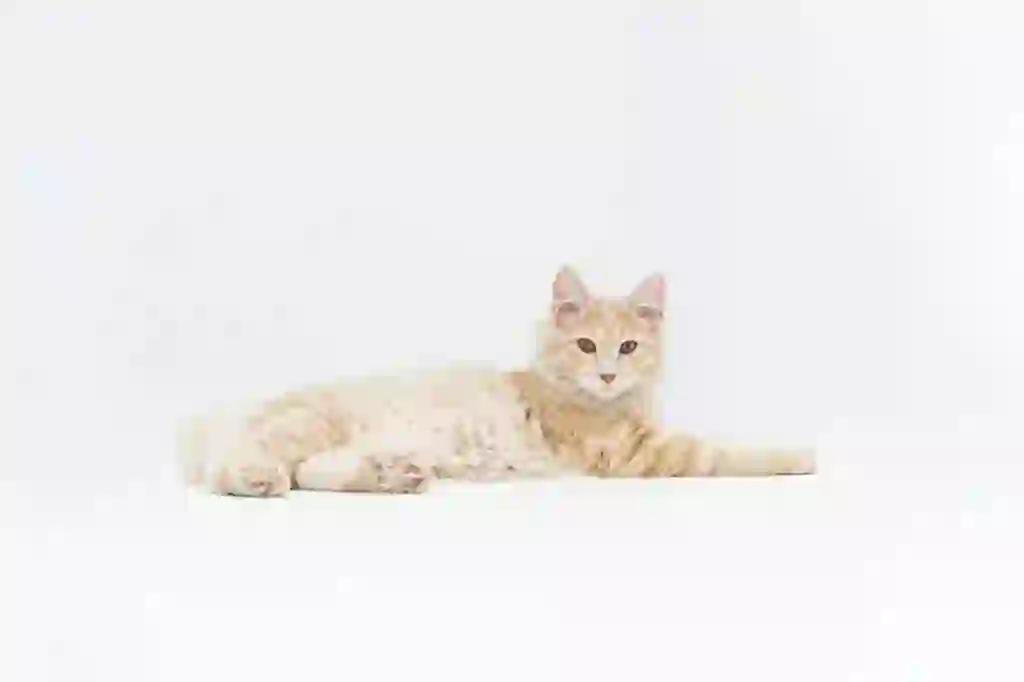
Why does the Kurilian Bobtail live there?
The Kurilian Bobtail has been on the Kuril Islands for over 200 years, although it is not clear why they are there. They became well-known only in the 20th century when military personnel and scholars who visited the Kuril Islands spread their recognition. The breed was officially recognized by TICA in 2012.
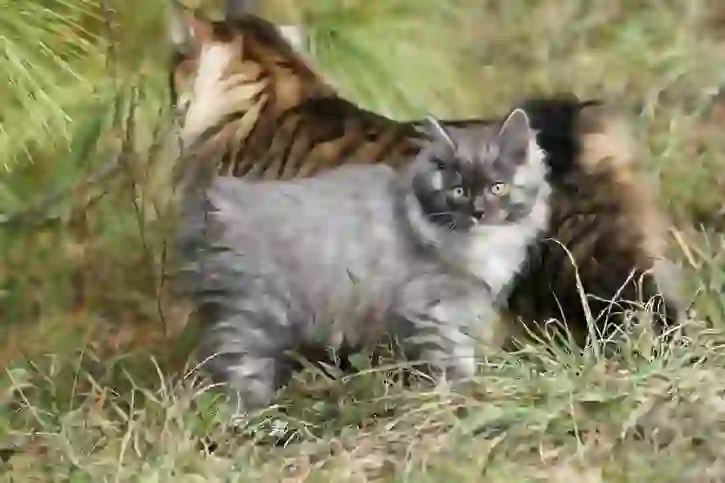
What does the Kurilian Bobtail eat?
While regular cat food is generally adequate, the Kurilian Bobtail is prone to hairballs, so food that prevents hairballs is recommended. Providing cat grass can help regulate their digestion.
It's best to choose cat food that suits each individual cat's preferences and physical condition.
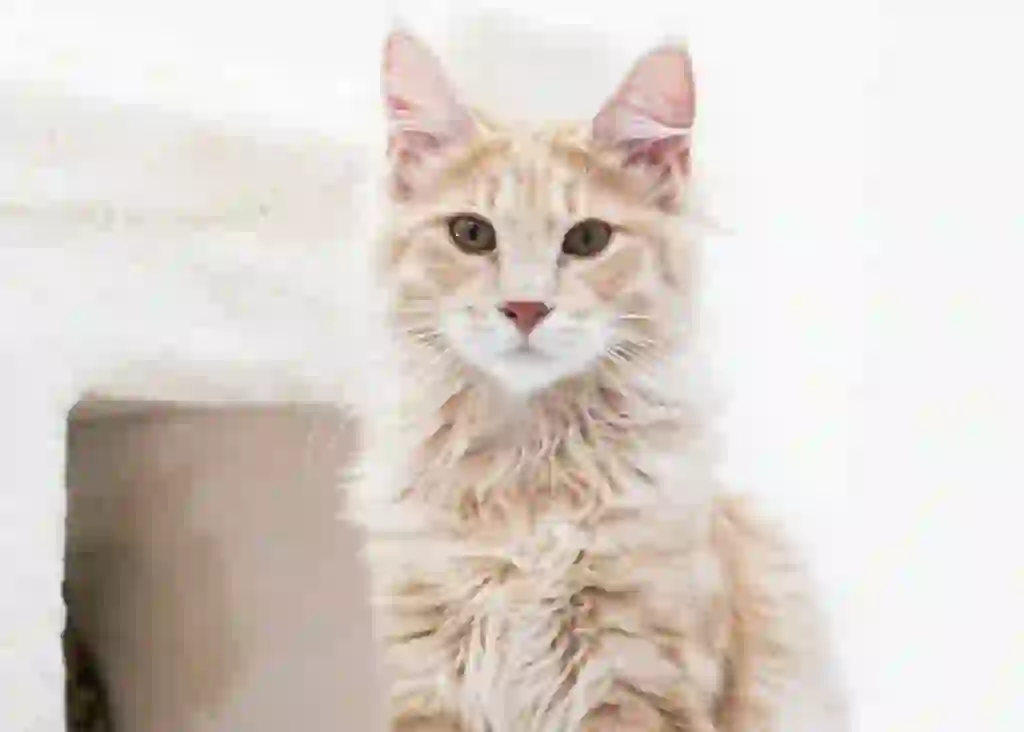
Is the Kurilian Bobtail a breed created by humans?
The Kurilian Bobtail is a naturally occurring breed. Historically, these cats were active in the cold regions of the Kuril Islands, hunting with humans and on their own. This makes them particularly adaptable to living with humans.
Their intelligence and sociable nature may have evolved as they lived in groups and hunted in the harsh conditions, making them easily adaptable to human companions.
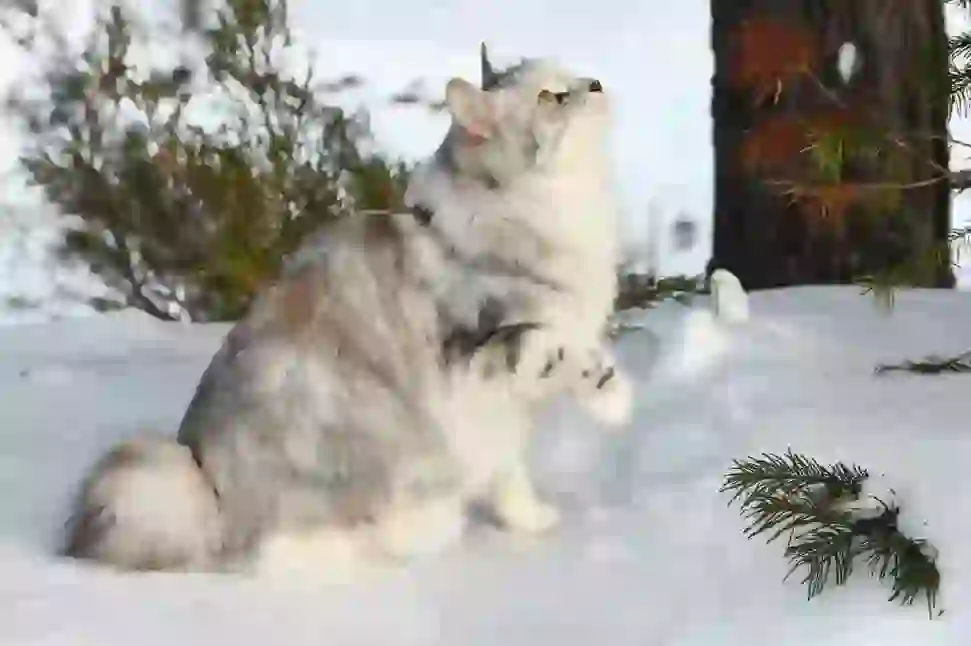
What diseases are Kurilian Bobtails prone to?
Being a breed that originated in cold regions, the Kurilian Bobtail needs to be cautious of summer heat. It's important to set indoor air conditioning to a comfortable temperature to ensure a suitable environment.
As a breed with a thick coat, they require regular grooming to prevent skin diseases and maintain a healthy coat.
They are also susceptible to hairballs, so providing cat grass or specific cat food can help manage this issue.
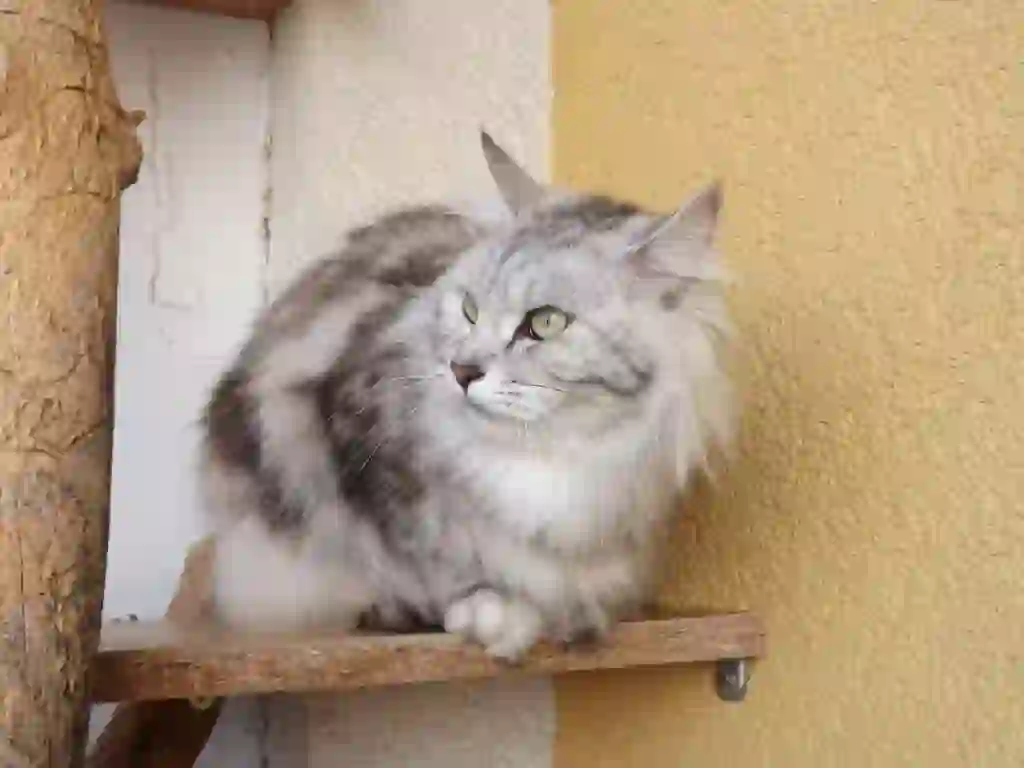
What should be considered when owning a Kurilian Bobtail?
Kurilian Bobtails, being large and active cats, need ample space to move around. Before bringing one into your family, it is important to prepare a sturdy cat tower, a spacious cat mat, and a scratching area to help them manage stress.
As cats that do not fear water, they might venture into bathrooms or toilets, so it's necessary to secure these areas to prevent accidents.
Regular grooming and shampooing are essential to prevent skin diseases and maintain their coat's condition.
They are very intelligent, so if you teach them the rules about their toilet and living environment, they will learn them quickly.
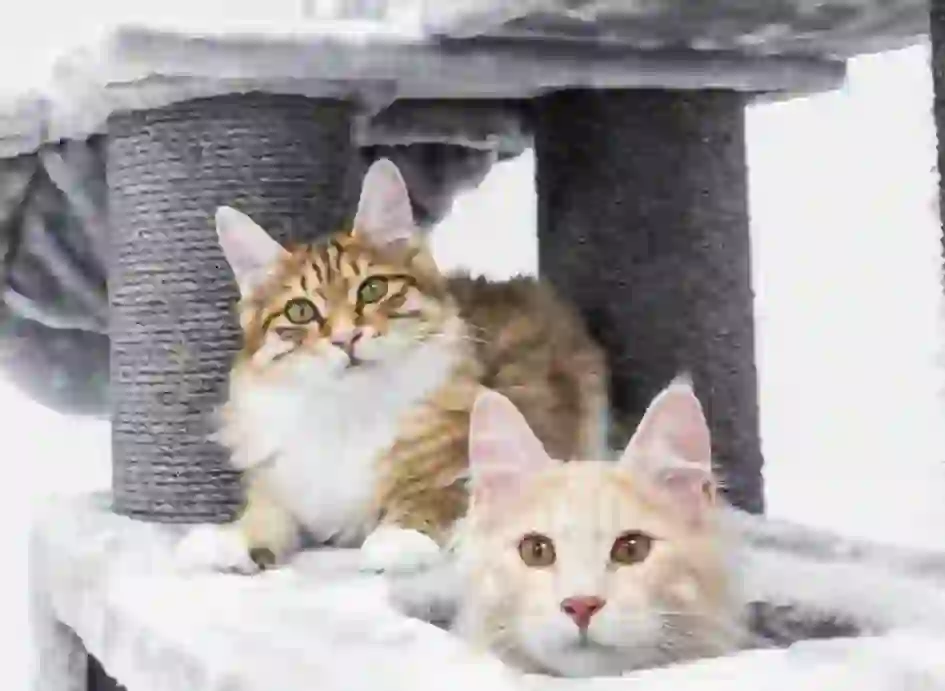
Is there any relation between the Kurilian Bobtail and the Japanese Bobtail?
Both breeds share the characteristic of having a short tail, but there is currently no evidence of a genetic or historical connection. The Japanese Bobtail typically has longer legs compared to the Kurilian Bobtail. It is believed that the Japanese Bobtail has been present in Japan for over a thousand years, according to ancient documents.
Genetically, they might be more closely related to naturally occurring breeds from Northern Europe, like the Norwegian Forest Cat or the Siberian.

Would you like to become a part of the 'Animalbook.jp'?
Turn your knowledge into Q&A and share it with the world. ※Publication will be activated after purchase. Let's share information together!
Kurilian Bobtail Type of List
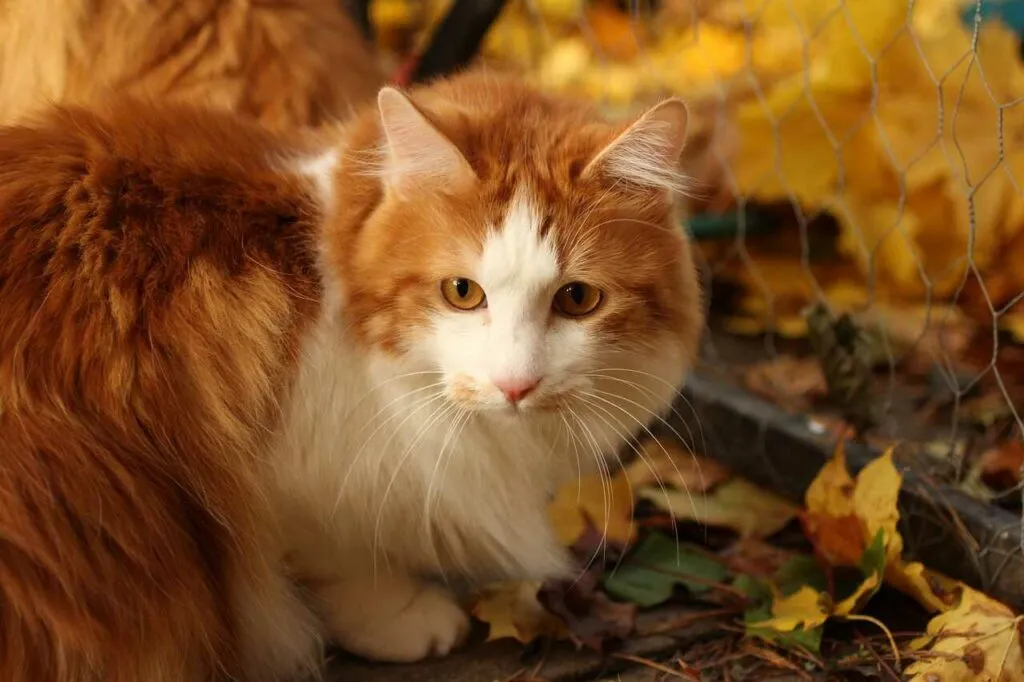
- Kurilian Bobtail
Information
Congratulations! You are the first commenter!

Create Your Favorite List!
Kurilian Bobtail
Save the animals you love! Build your own list to quickly revisit your favorites later.

Would you like to leave a comment?
※Please note: This is for the purchase of rights to post comments within the article.
Find Your Favorites!
Our shop offers a unique and attractive selection of goods themed around various animals.
Kurilian Bobtail References

- ・いちばんよくわかる猫種図鑑(出版社:メイツ出版、監修:レイクタウンねこ診療所院長・長谷川諒)
- ・クリリアンボブテイル|性格/特徴/値段/飼い方について https://nekochan.jp/catspecies/article/2580
- ・みんなの猫図鑑 クリリアンボブテイル https://www.min-nekozukan.com/kurilian-bobtail.html
- ・クリリアンボブテイルってどんな猫?性格と特徴から考える飼い方のコツ! https://mofmo.jp/article/6749
- ・クリリアンボブテイルの性格や詳しい飼い方、寿命や値段を調査 https://petopi.jp/cat/3726#i-3
- ・クリリアンボブテイルの性格・特徴・購入ルートは? https://psnews.jp/cat/p/39841/
Kurilian Bobtail Introduction of media used

出典:https://pixabay.com/images/id-5652008/

出典:https://pixabay.com/images/id-5967721/

出典:https://pixabay.com/images/id-284188/

出典:https://unsplash.com/ja/写真/f3wVWOULmVU

出典:https://unsplash.com/photos/4iw1JN8tf70

出典:https://pixabay.com/images/id-284174/

出典:https://unsplash.com/photos/lS1ePnba190
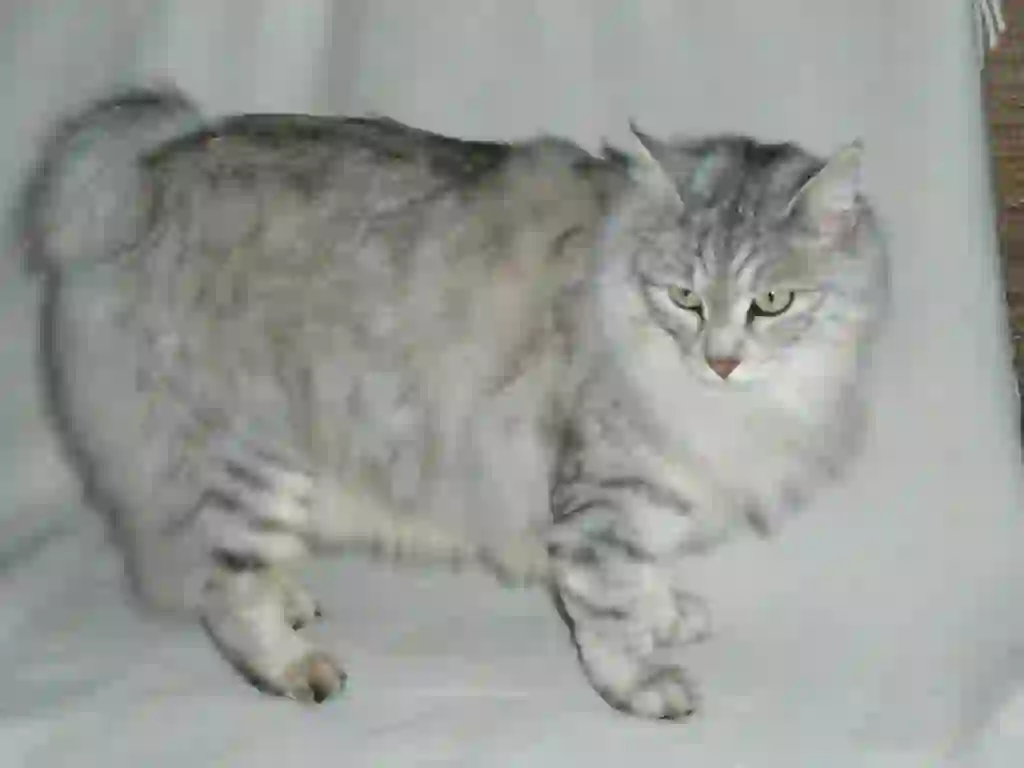
出典:https://commons.wikimedia.org/wiki/File:Kurilian_bobtail.JPG
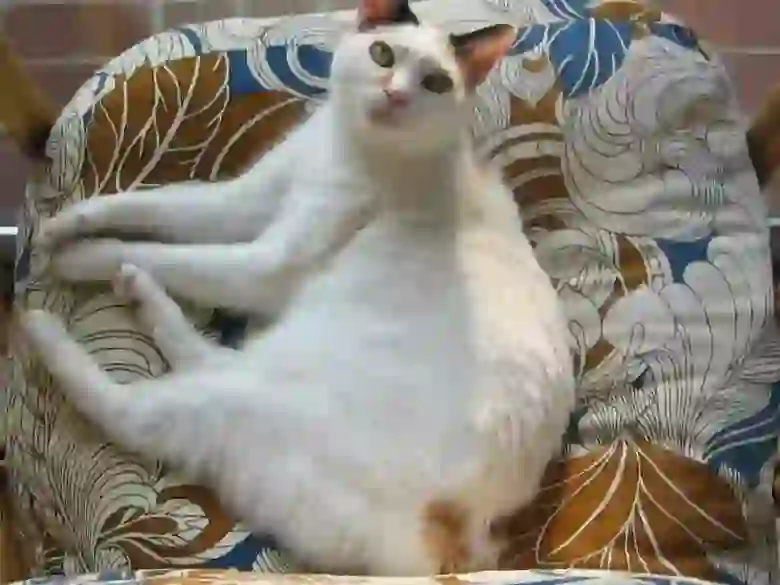
similar
出典:https://commons.wikimedia.org/wiki/File:Japanese_bobtail_curled.jpg

Help Enrich Our Animalbook.jp with Your Media!
We are constantly looking to expand and enrich our Animalbook.jp with amazing photos and videos of animals. If you have any media that you'd like to share, please contribute and help us showcase the beauty and diversity of the animal kingdom. Your submissions will be credited and featured in our encyclopedia, reaching a wide audience of animal lovers.


















